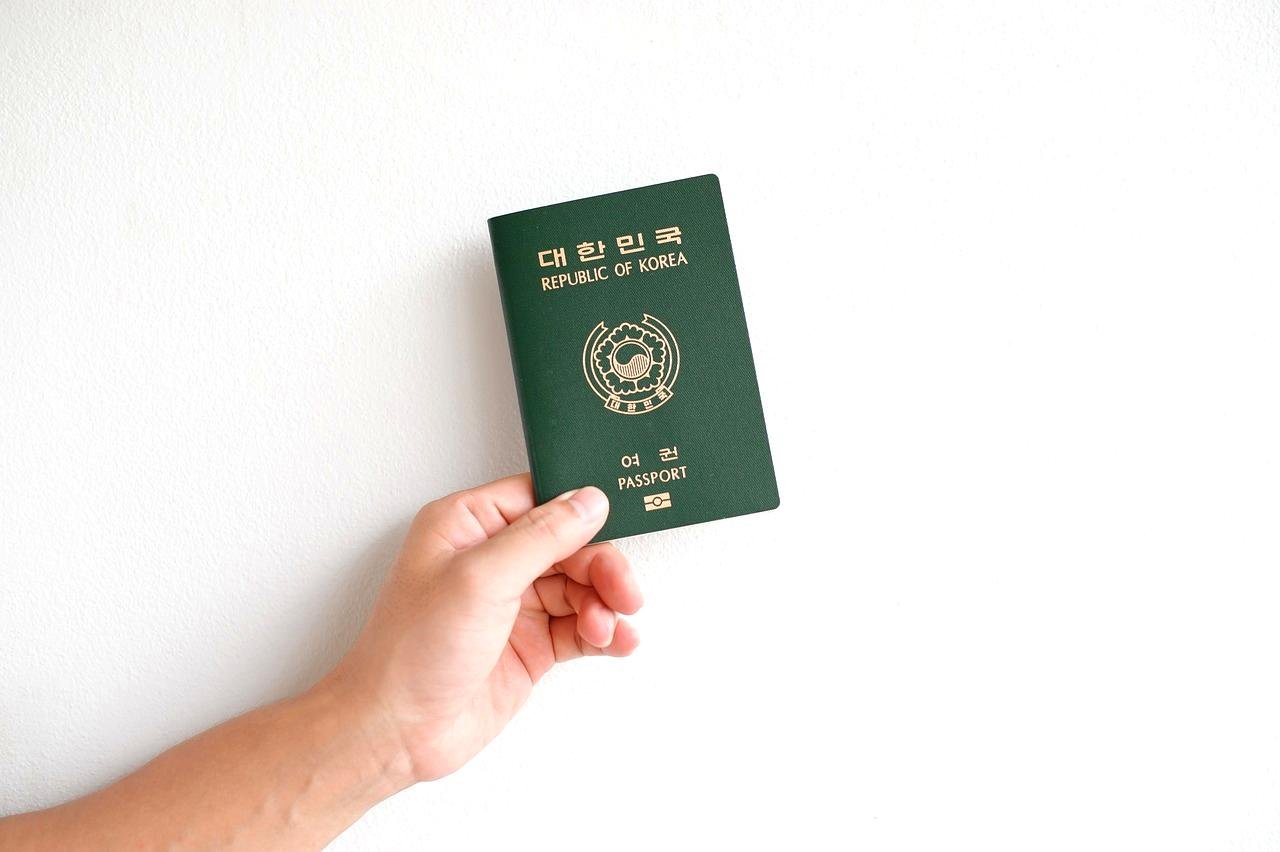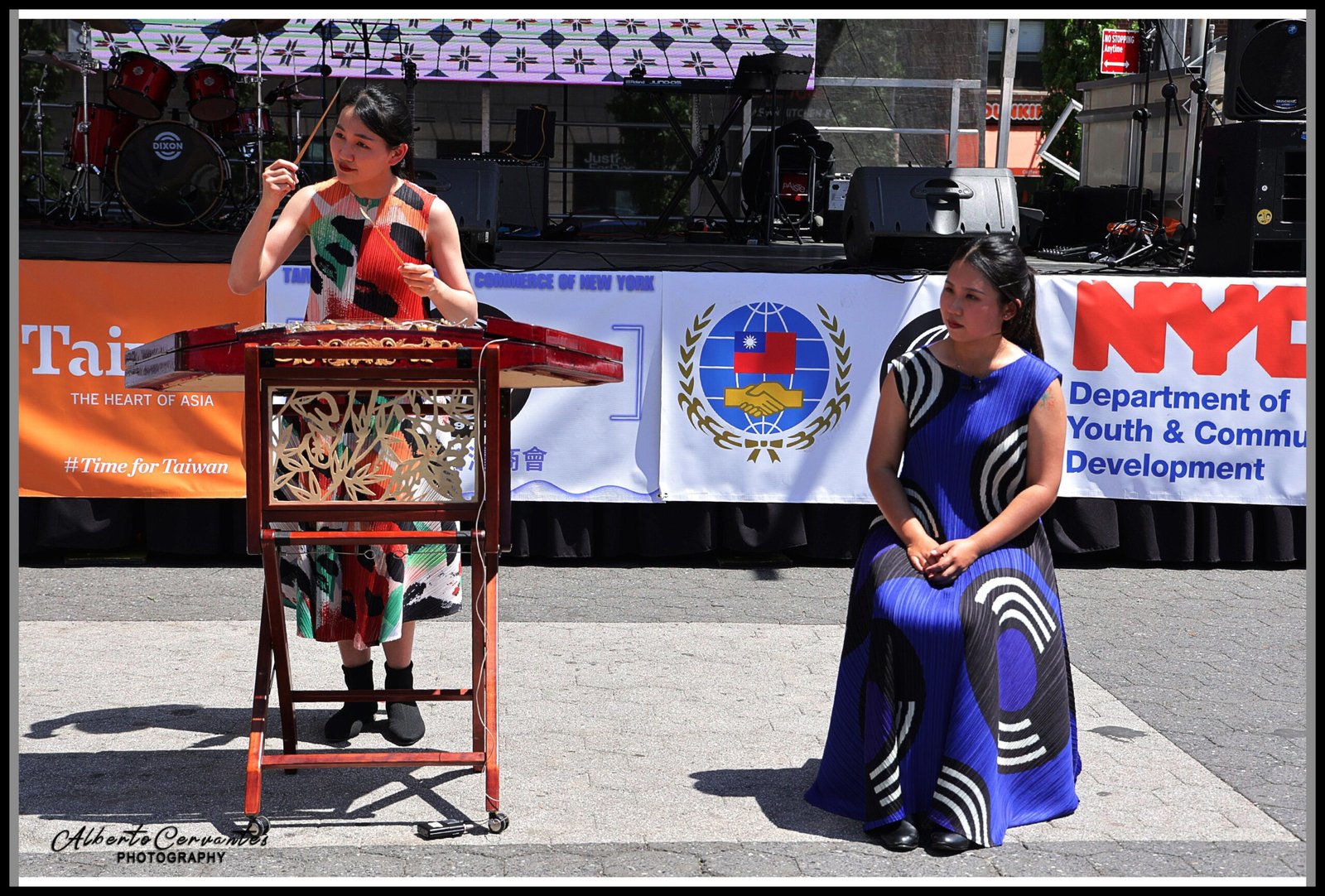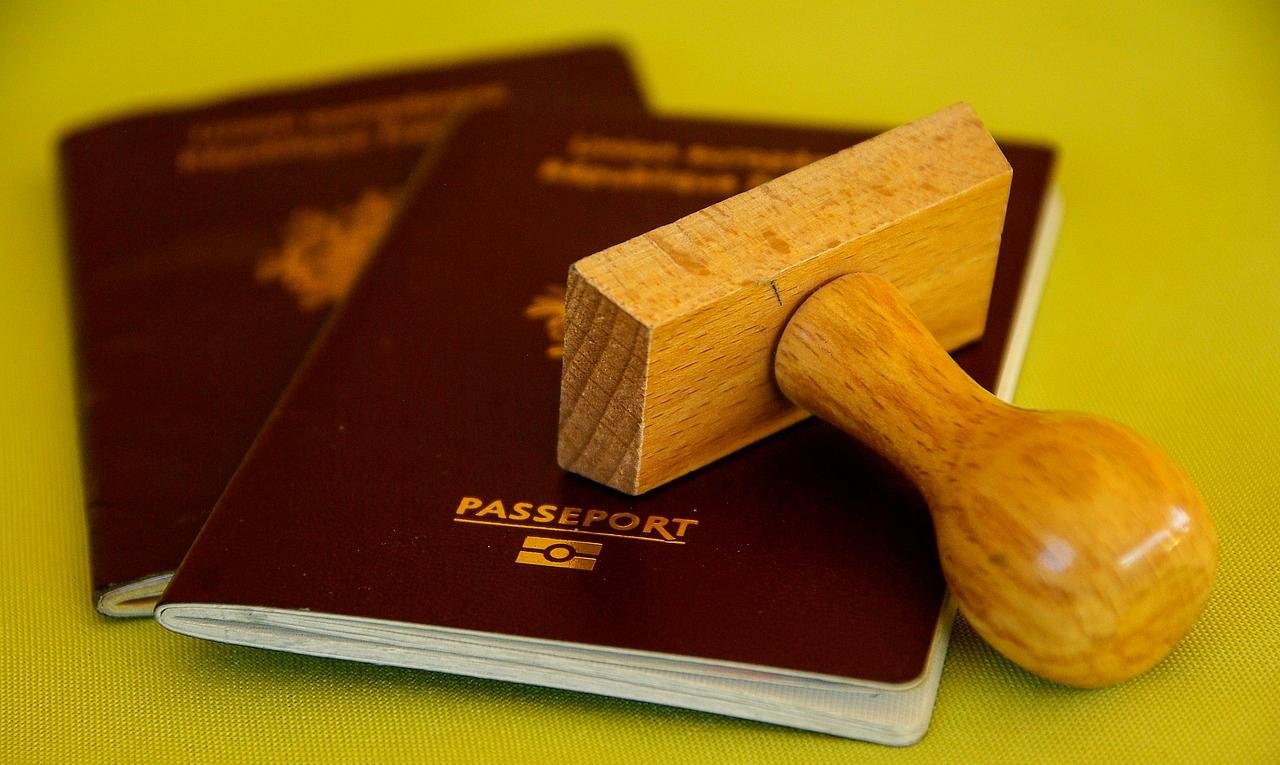Limited Color Palettes
Passports around the world predominantly come in shades of blue, red, green, or black. There is a good reason for this limited palette selection rooted in tradition, dignity, and practicality. These colors are seen as formal, authoritative, and lend themselves well to the official nature of the documents they represent. A passport must be durable and legible over many years, traveling through countless hands and borders. The rich tones of blue, red, green, and black serve this purpose well, offering a balance of visibility and longevity. Their saturated colors also resist discoloration and fading better than lighter hues, which would not withstand the test of time or constant handling. Thus, the color of a passport is not simply a matter of aesthetic choice but a strategic decision to ensure the document’s durability and representation of the nation’s solemn dignity.
Geopolitical Significance

The color of a country’s passport can also reveal much about its geopolitical inclinations and historical affiliations. For example, countries in the Americas and Oceania often opt for blue passports. This choice of color is more than decorative; it reflects symbolic ties to freedom and the expansive blue seas that characterize these regions. Blue conjures images of open skies and seas, central to countries with maritime histories or aspirations. On the other hand, red passports are popular in many European countries and those with communist backgrounds. Red symbolizes historical struggles, revolutions, and a deep connection to a shared past. These choices demonstrate how passport colors serve as miniature flags, bearing the weight of historical and political narratives condensed into a single, recognizable hue.
Religious and Cultural Ties

Beyond politics, passport colors often mirror religious and cultural identities. In many Islamic countries, green passports are commonplace, as green is a color of great significance in Islam. It represents paradise and is often associated with the life and faith central to Muslim heritage. Meanwhile, black passports are less common, and when they are used, they often symbolize a bold uniqueness or strength. For instance, countries like Botswana have chosen black, making a statement about strength and distinct identity on the global stage. Thus, passport colors serve as subtle reminders of the rich tapestry of beliefs and values that define a nation’s identity.
Regional Identity

Passport color can also signal regional identity and alliances. One of the most standard examples is the European Union, where member states use burgundy-colored passports. This uniformity in color among EU countries helps codify a sense of unity and shared values across the continent. Similarly, Caribbean nations often utilize dark blue passports to indicate their membership within regional organizations, as well as to nod to the sparkling blue seas that surround their islands. These regional choices in passport color represent a steadfast commitment to shared economic, political, and cultural goals and a collective identity.
Ease of Identification
The chosen shade for a passport can significantly impact border security by facilitating the quick identification of the document’s origin. Specific color shades can offer officials recognizable cues at borders and airports, where quick and effective decision-making is crucial. Bright, distinct colors make it easy to detect, sift through, and process, significantly aiding in the swift movement of people. Furthermore, such colors often indicate different tiers of travel privileges or visa-free agreements, allowing for seamless processing based on the passport color alone. This simplicity in color coding not only aids officials but also reflects a country’s image and its place in the international sphere.
Symbol of National Identity

For many countries, the passport serves as an emblem of national identity, and the color choice is a reflection of the nation’s flag or significant cultural symbols. Take Turkey, for instance; its deep red passport harmonizes perfectly with the country’s vibrant national flag. Such choices resonate deeply within the national consciousness and help to solidify a sense of pride among citizens. The color becomes more than just another choice—it becomes an emblematic representation of the shared identity of the populace tied deeply to their national story and heritage. It represents remnants of national pride and history every time a passport is viewed.
Design Trends and Practicality
The decision to use darker passport colors like burgundy, navy, or black also speaks to ongoing design trends aimed at practicality. These colors have the advantage of not only looking professional and elegant but also skillfully concealing the stains and wear common over years of travel. As passports are subject to rough handling and weather elements, dark colors manage these challenges with grace, contributing to a cleaner, more maintained appearance. This attention to design ensures that the passport remains a respectable and reliable travel document throughout its lifespan, untouched by the harsh elements it encounters.
Reflecting Modernization

In some cases, passport colors change as countries undergo significant political or economic transitions. Such changes are deliberate, signaling modernization or rebranding on the global stage. A notable case is Croatia’s switch to a burgundy passport upon joining the European Union. This change mirrored the country’s aspirations to be part of a wider European community, modernizing not just their infrastructure and politics but their identity through a simple pigment of color. These changes are symbolic of growth and progress, resonating with citizens and the international community.
